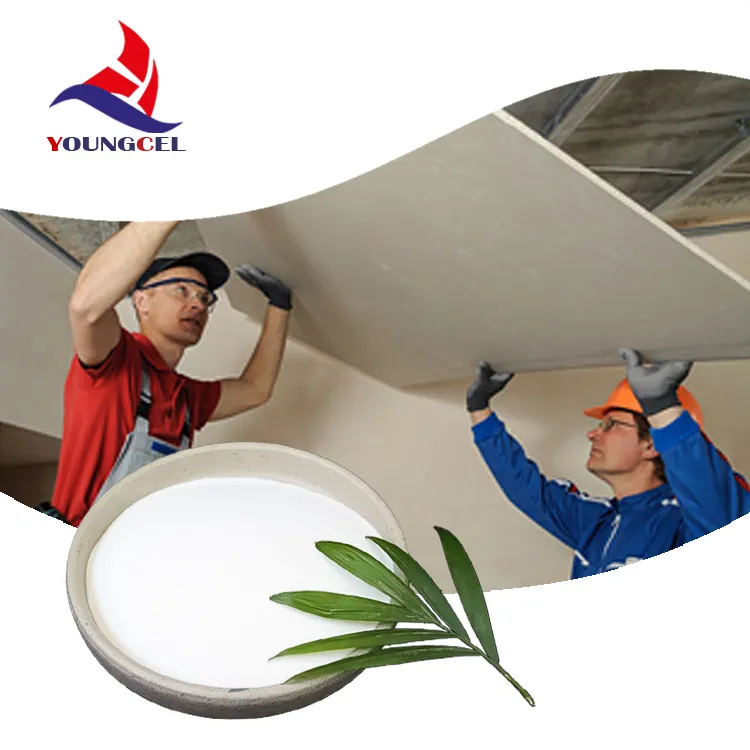The Role of Additives in Cement Mortar Enhancing Performance and Durability
Cement mortar is an essential building material commonly used in construction for binding bricks, blocks, and stones. Its performance significantly depends on the quality of the mix and the incorporation of various additives. Additives play a crucial role in enhancing the properties of cement mortar, making it more versatile and effective for specific applications. This article will explore the different types of additives used in cement mortar and their impact on performance and durability.
The Role of Additives in Cement Mortar Enhancing Performance and Durability
Another important category of chemical additives is retarders, which delay the setting time of cement mortar. This property is particularly useful for projects that require extended working times, such as large-scale construction or in hot weather conditions, where rapid setting can lead to issues such as cracking. On the other hand, accelerators are used to speed up the setting time, making them ideal for situations where quick strength gain is necessary, allowing for faster project completion.
cement mortar additive

In addition to chemical additives, mineral additives such as fly ash, silica fume, and slag are increasingly being utilized in cement mortars. These materials not only enhance the properties of the mortar but also promote sustainability by repurposing industrial by-products. For example, fly ash improves the workability and durability of mortar while reducing permeability, which helps protect structures from moisture-related damage. Silica fume, on the other hand, increases the strength and reduces the porosity of the mortar, making it particularly suitable for use in high-performance applications.
The incorporation of these additives into cement mortar can significantly enhance its durability, an essential characteristic in construction. Mortar with improved resistance to water and chemical penetration helps in prolonging the lifespan of masonry structures. Furthermore, it can also reduce the likelihood of efflorescence, a common issue where soluble salts migrate to the surface, leading to unsightly staining and potential damage over time.
Moreover, the use of additives allows for greater flexibility in achieving specific engineering requirements, adapting to the diverse needs of modern construction. Whether it's improving workability, enhancing strength, or increasing resistance to environmental factors, there is an additive solution available that can meet these challenges.
In conclusion, the use of additives in cement mortar is vital for enhancing its properties and performance. As the construction industry continues to evolve, the integration of innovative additive technologies will play a crucial role in ensuring the sustainability and durability of structures, ultimately leading to more resilient and long-lasting buildings. As we look to the future, ongoing research and development in this area will pave the way for even more effective solutions, ensuring that cement mortar remains a cornerstone of modern construction practices.
-
Rdp Powder: Key Considerations for Wholesalers in the Building Materials IndustryNewsJul.08,2025
-
Key Considerations for Wholesalers: Navigating the World of Hpmc - Based ProductsNewsJul.08,2025
-
Hpmc Detergent: Key Considerations for WholesalersNewsJul.08,2025
-
Key Considerations for Wholesalers: China Hpmc For Tile Adhesive, Coating Additives, Concrete Additives, and MoreNewsJul.08,2025
-
Crucial Considerations for Wholesalers: Navigating the World of Construction MaterialsNewsJul.08,2025
-
Key Considerations for Wholesalers Sourcing Additive For Cement, Additive For Concrete, Additive For Putty from Additive Manufacturer Shijiazhuang Gaocheng District Yongfeng Cellulose Co., Ltd.NewsJul.08,2025




